It's official: January marked the record 100th consecutive month of consecutive job growth, and it did so in style, with the US adding a whopping 304K jobs last month, nearly double the 165K expected, however much of this appears to have come at the expense of a revised December number which was revised lower from 312K to 222K.
The change in total nonfarm payroll employment for November was revised up from +176,000 to +196,000, and as noted above, the change for December was revised down from +312,000 to +222,000. With these revisions, employment gains in November and December combined were 70,000 less than previously reported. After revisions, job gains have averaged 241,000 per month over the last 3 months.
Curiously, according to the report, "there were no discernible impacts of the partial federal government shutdown on the estimates of employment, hours, and earnings from the establishment survey", and yet household employment fell by 251,000 to 156.694 million thanks to the shutdown, which also explains the rise in the U-3 and U-6 unemployment rates.
Perhaps more importantly, the average hourly earnings grew by 3.2% for a second consecutive month, with December revised slightly lower from 3.3% to 3.2%. However, on a monthly basis, earnings rose only 0.1%, the lowest rate since October 2017, and below the 0.3% expected increase, providing some more fuel to the Fed's dovish fire.
In January, average hourly earnings for all employees on private nonfarm payrolls rose by 3 cents to $27.56, following a 10-cent gain in December. Over the year, average hourly earnings have increased by 85 cents, or 3.2 percent. Average hourly earnings of private-sector production and nonsupervisory employees increased by 3 cents to $23.12 in January.
The average workweek for all employees was unchanged at 34.5 hours in January. In manufacturing, both the workweek and overtime decreased by 0.1 hour to 40.8 hours and 3.5 hours, respectively. The average workweek for production and nonsupervisory employees on private nonfarm payrolls held at 33.7 hours.
The unemployment rate rose again, printing at 4.0%, up from 3.9% last month, and above the 3.9% expected.
Of note, the underemployment (U-6) rate, saw a big jump, from 7.6% to 8.1%, rising by the most since May 2009.
More notably, the labor force participation rate rose again, hitting 63.2%, the highest level since March 2014 as more people jump back into the labor force.
As the BLS notes, the number of persons employed part time for economic reasons (sometimes referred to as involuntary part-time workers) increased by about one-half million to 5.1 million in January.
Nearly all of this increase occurred in the private sector and may reflect the impact of the partial federal government shutdown.
Some other details:
- In January, employment in leisure and hospitality rose by 74,000. Within the industry, job gains occurred in food services and drinking places (+37,000) and in amusements, gambling, and recreation (+32,000). Over the year, leisure and hospitality has added 410,000 jobs.
- Construction employment rose by 52,000 in January. Job gains occurred among specialty trade contractors, with increases in both the nonresidential (+19,000) and residential (+15,000) components. Employment also rose in heavy and civil engineering construction (+10,000) and residential building (+9,000). Construction has added 338,000 jobs over the past 12 months.
- Employment in health care increased by 42,000 in January. Within the industry, job gains occurred in ambulatory health care services (+22,000) and hospitals (+19,000). Health care has added 368,000 jobs over the past year.
- Over the month, employment in transportation and warehousing rose by 27,000, following little change in December. In January, job gains occurred in warehousing and storage (+15,000) and among couriers and messengers (+7,000). Over the year, employment in transportation and warehousing has increased by 219,000.
- In January, retail trade employment edged up by 21,000. Job gains occurred in sporting goods, hobby, book, and music stores (+17,000), while general merchandise stores lost jobs (-12,000). Employment in retail trade has shown little net change over the past 12 months (+26,000).
- Mining employment increased by 7,000 in January. The industry has added 64,000 jobs over the year, almost entirely in support activities for mining.
- Employment in professional and business services continued to trend up over the month (+30,000) and has increased by 546,000 in the past 12 months.
- Employment in manufacturing continued to trend up in January (+13,000). Over-the-month job gains occurred in durable goods (+20,000), while employment in nondurable goods changed little (-7,000). Manufacturing employment has increased by 261,000 over the year, with more than four-fifths of the gain in durable goods industries.
- Employment in federal government was essentially unchanged in January (+1,000). Federal employees on furlough during the partial government shutdown were counted as employed in the establishment survey because they worked or received pay (or will receive pay) for the pay period that included the 12th of the month.
- Employment showed little change over the month in other major industries, including wholesale trade, information, and financial activities.
https://www.zerohedge.com/news/2019-02-01/january-payrolls-soar-304k-record-100th-consecutive-month-job-gains
https://www.zerohedge.com/news/2019-02-01/where-record-government-shutdown-can-be-spotted-todays-jobs-report
https://www.rushlimbaugh.com/daily/2019/02/01/drive-bys-gobsmacked-by-blockbuster-jobs-report/
https://www.thegatewaypundit.com/2019/02/another-trump-miracle-january-2019-stock-market-gains-hit-another-record-best-january-in-history-of-dow/
https://www.thegatewaypundit.com/2019/02/another-trump-miracle-january-2019-stock-market-gains-hit-another-record-best-january-in-history-of-dow/

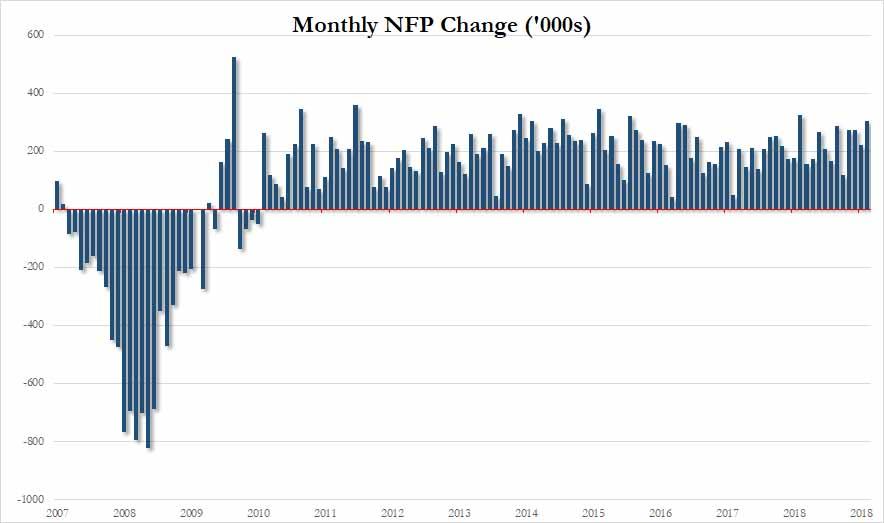
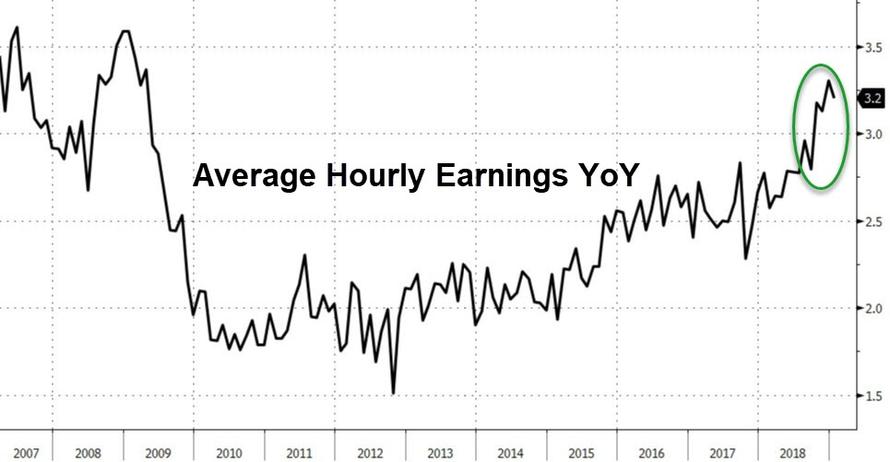
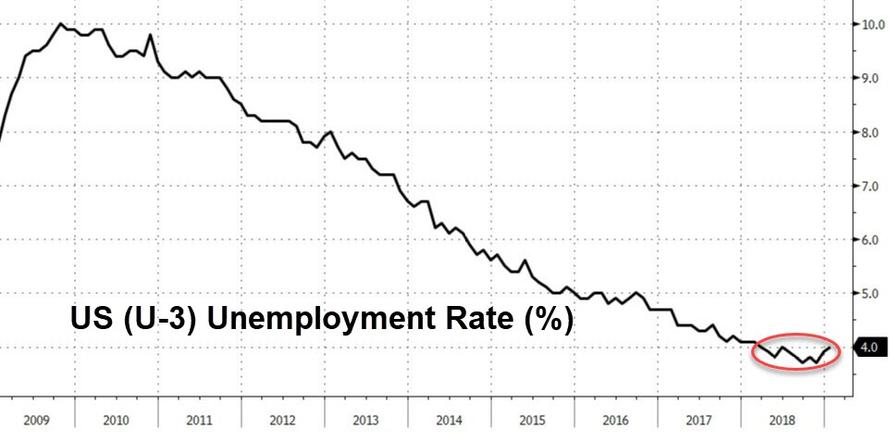
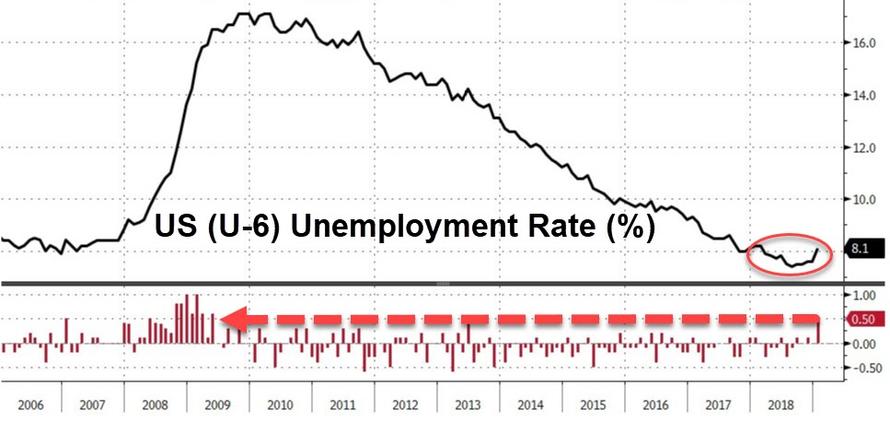
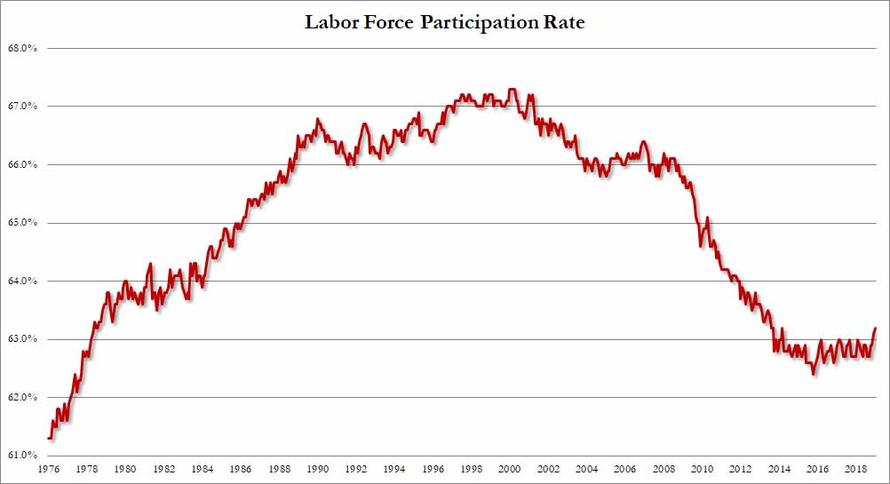
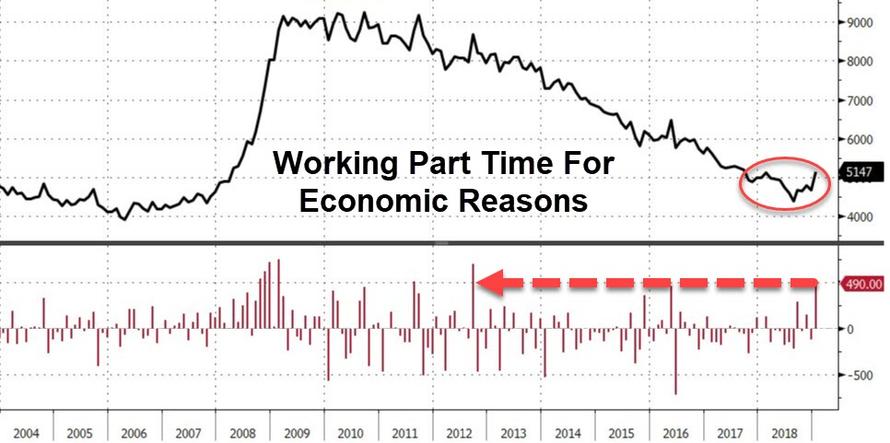
No comments:
Post a Comment